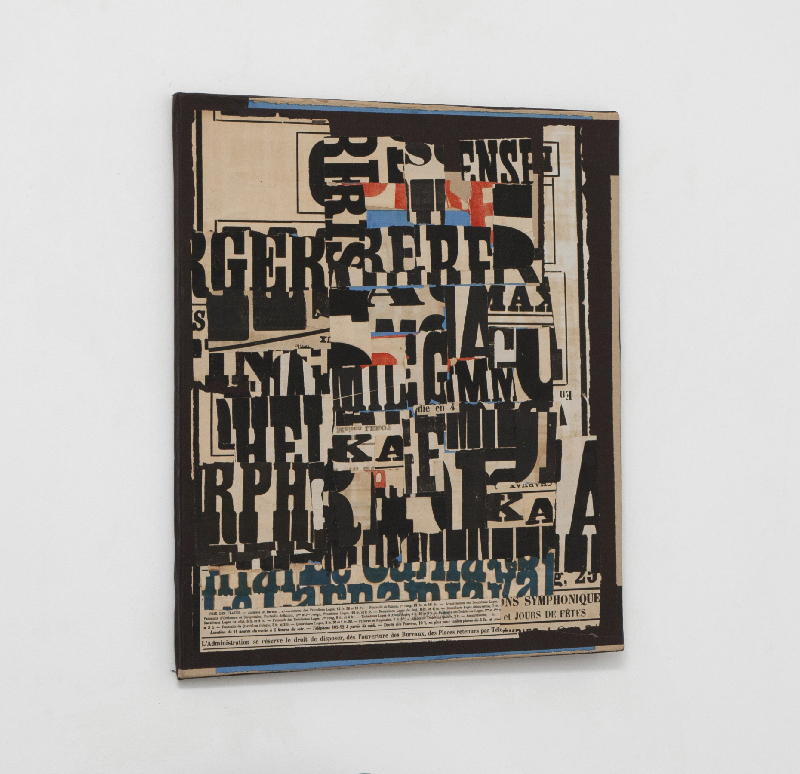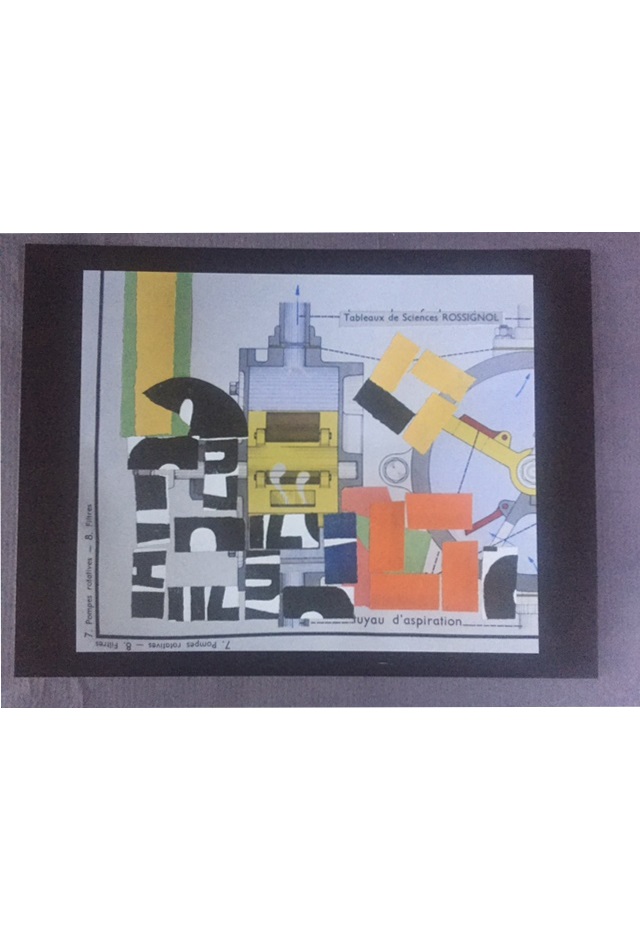He left us a few weeks ago, at almost ninety-eight years old, from a brain tumour. But, he resisted for more than six months and never lost his mind, despite the seriousness of his situation. For me it was a great loss – he was the last of a chain of friends who changed my life in the second part of the Seventies: Brion Gysin, William S. Burroughs, Bernard Heidseick, Henri Chopin, Françoise Janicot – they have all passed on.
Arthur Aeschbacher has always been very reserved about his origins. We know he was born in Geneva, but never revealed anything about his childhood or his father. He sometimes evoked his mother, who was a horseman in a small circus called Cavallini.
A few years ago, he wrote a nice text about the circus with beautiful illustrations. And he didn’t even talk about how he started art. It is not known whether or not he studied and, if he did, where. He only spoke of a few friends and a few meetings in Paris.
He did not even mention his works dating back to the early 1960s. I only managed to discover that he made paintings with a post-cubist spirit of which I could see some reproductions. In short, all his history begins around 1960, when he began to use the form of the manifesto and leaves figuration behind him.
Yet he never gave up painting altogether, while favouring writing. He mainly used letters, that have become instruments of a poem which could have been more a daughter of Arthur Rimbaud’s poetry “Les voyelles”, that of the electrism of Isidore Isou.
At the time, Pierre Restany had created the New Realism, joined by artists who used posters posted on the walls and torn as visual poetry of the modern urban street. Despite the great formal and conceptual difference in his works, Aeschbacher was regarded as an antagonist. However, he continued his research and proved that his way had little to do with the works of Villeglé or Rotella.
 He elaborated paintings with layers of posters, showing horizontal and irregular parts of poster texts from the early Belle Epoque. It finally came to a large number of formal solutions in which the letters and a kind of geometric game derived from constructivism or neoplasticism were combined. Collage and colour lines have often been the foundation of its creation.
He elaborated paintings with layers of posters, showing horizontal and irregular parts of poster texts from the early Belle Epoque. It finally came to a large number of formal solutions in which the letters and a kind of geometric game derived from constructivism or neoplasticism were combined. Collage and colour lines have often been the foundation of its creation.
We must add that throughout all these years this artist has created very special series of works. Such as ‘Stores/Surfaces’, a play on words on the group of French artists from the late 1960s. It consisted of shop shutter-doors with fragments of letters, which moved when one raised it or lowered it.
Among many other things, there are works inspired by Mexican popular culture, like the yellow beer boxes “Pacific”, or, the masks of the wrestlers which enjoyed great popularity. He also used old hairdressers’ signs which were cylindrical and tricolour that were seen in past times on the streets of Paris.
Now that he’s left us, his work will be considered more carefully. Personally, I consider Arthur Aeschbacher one of the most inventive artists from the post-war period to the present day. Various exhibitions are already in preparation, the art market did the same with Modigliani. Always post mortem.








